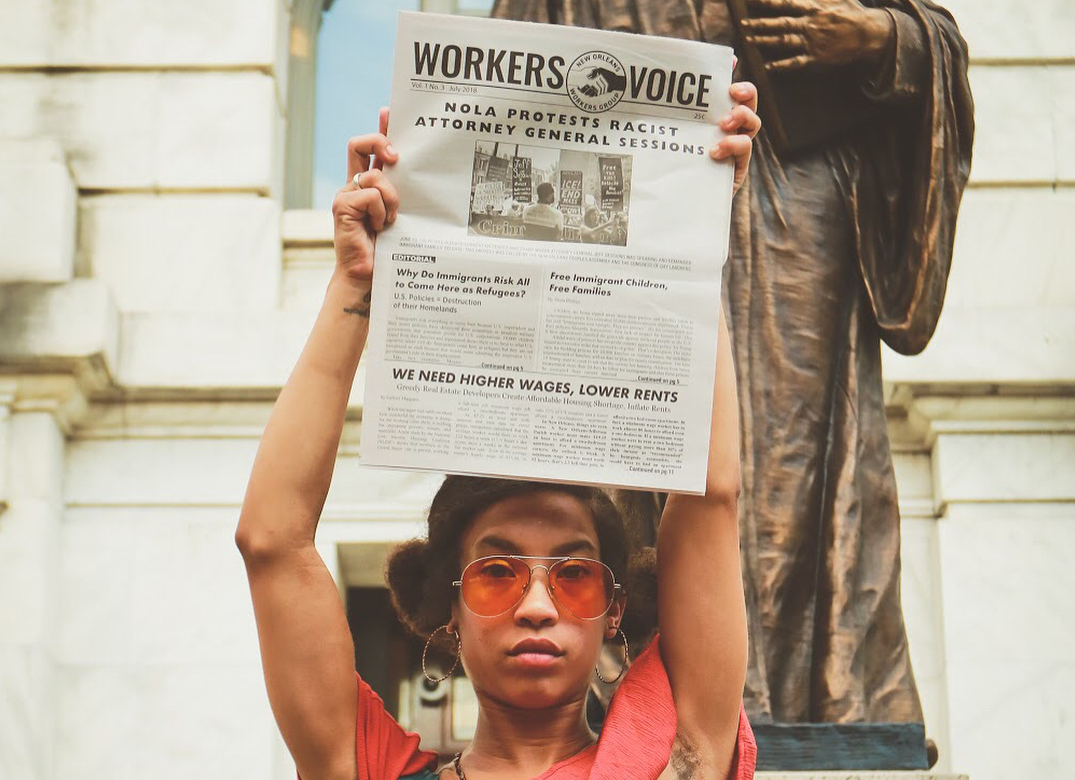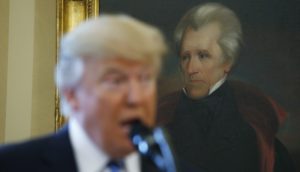by A.M.P.
With a debt of over $74 billion dollars, Puerto Rico has been in financial trouble for decades. Over half of Puerto Rico’s children live in poverty, and the unemployment rate is over 12%. Since 2010, the island has experienced the greatest migration since WWII, with a 10% population decrease. Thousands have fled the debt-ridden country in hopes of a better life on the US mainland.
The origins of this crisis can be attributed to the abuse that the U.S. has inflicted upon the island over the past century. Currently, the island’s commonwealth status stymies any hopes of recovery. The only answer is liberation for Puerto Rico.
The beautiful island has only known 8 days of independence since the Spanish invaded the Caribbean. Although Spain granted the island a Charter of Autonomy in 1897, 16,000 U.S. soldiers invaded the southwestern portion of Puerto Rico in 1898 as part of the Spanish-American War. This was only a little over a week after PR had begun its first autonomous government. The U.S. annexed P.R. after the signing of the Treaty of Paris without any elections, even though it was no longer a Spanish Territory. As a result, the people of Puerto Rico have been subjected to over 100 years of suffering under the weight of U.S. imperialist violence. Since the very beginning, US-Puerto Rico relations have been drenched in oppression and violations of civil rights. This comes as no surprise as the U.S. has a colorful history of committing atrocities against nations to satisfy imperialist interests.
Following WWII, the US developed several economic programs that would boost the financial gain of corporations and the rich ruling class. Among these initiatives were federal tax breaks given to US companies, such as Section 936, which was implemented in 1976. This brought in a wave of companies (largely pharmaceutical companies) seeking immense profits, turning what was once a majority rural society into a manufacturing powerhouse. Fast forward 20 years and the greedy U.S. realizes that the tax break incentives were costing them money, Congress repeals Section 936, companies no longer have interest in profiting off the backs of Puerto Ricans, and the result was the plummeting of Puerto Rico’s economy. Left in the dust, the bourgeois government began to borrow large sums of money to sustain life for its citizens.
Currently, the major issue lies within the search for a solution. Puerto Rico is de facto an American colony and in effect has no input in U.S. Congress. The island is not protected by U.S. bankruptcy codes and is therefore unable to declare bankruptcy in order to restructure its crippling debt. The only hope for Puerto Rico is independence.

